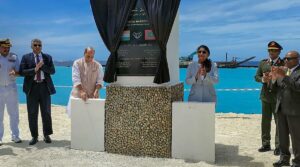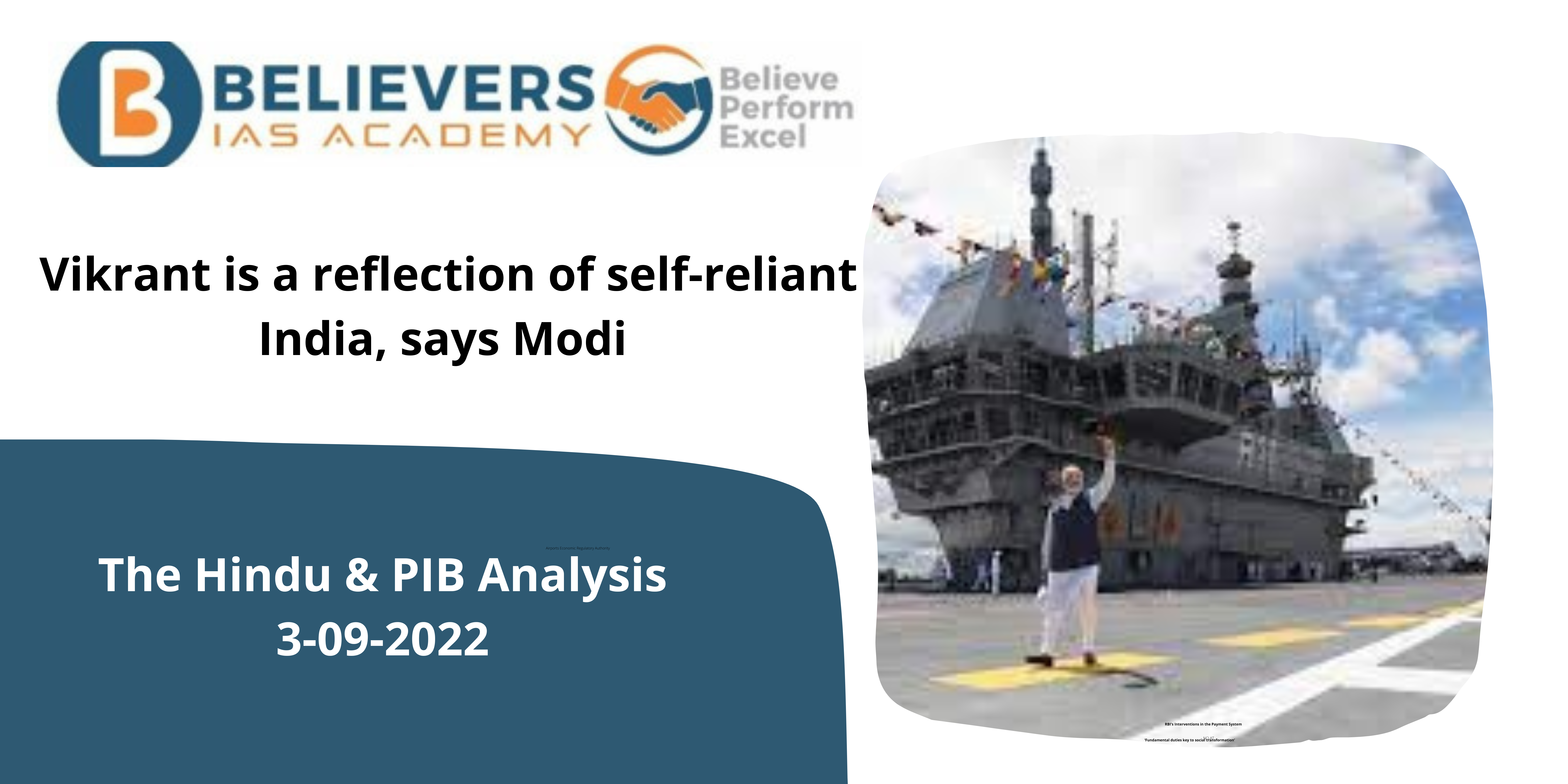India-Maldives Relationship
Present Development:
- The foundation stone for the project was laid by Indian Defence Minister Rajnath Singh and his Maldivian counterpart, Mariya Didi. The project is a joint effort between India and the Maldives to develop the Maldives National Defence Forces Coast Guard ‘Ekatha Harbour’ and repair facility at Sifavaru.
- One of India’s largest grant-in-aid projects in the Maldives, the Coast Guard Harbour and Repair Facility aims to improve the Maldives’ maritime security capabilities.
- Both ministers reiterated the need of preserving regional peace, stability, and security during the Indian Defence Minister’s visit, and they acknowledged the need to cooperate to address shared security issues.
- They reaffirmed their commitment to safeguarding these principles and emphasised the significance of respecting international law and the rules-based international order.
- The Ministers agreed to investigate future opportunities for cooperation, especially in the areas of defence trade, capacity building, and joint exercises, according to the joint press statement released after Mr Singh’s visit.
- Notably, this was the first visit by an Indian defence minister to the Maldives in eleven years, underscoring the strengthening of their bilateral relations.
Background
- In the Indian Ocean, Maldives is situated south of India’s Lakshadweep Islands.
- In 1966, India recognised the Maldives’ independence from the British administration, and diplomatic ties between the two countries were formed.
- There are strong strategic, military, economic, and cultural ties between India and the Maldives.
- India supports the Maldives’ position that it should stay out of regional disputes and conflicts.
- As a source of support and a counterbalance to Sri Lanka, which is close by and its biggest trading partner, the Maldives sees friendship with India as an important step forward.
- The Maldives are essential for preserving the political stability and security of the area as well as for protecting Indian trade and investment.
- India wants the Maldives to support the Quad’s Pacific strategy, which unites Australia, the United States, Japan, and India.

- The Maldives are economically significant due to their location concerning key international shipping lanes (ISLs).
- The Maldives is a vital point of control for trade in the region because it is situated between the Strait of Malacca and the Gulf of Aden.
- Indian success in the blue economy depends on the sustainable management and utilisation of marine resources.
- Maldives is in favour of India’s permanent membership and non-permanent seat application for the years 2020–21.
- India and the Maldives are both members of the Commonwealth and have supported one another in international forums like the NAM.
- Maldives assists India in its counterterrorism operations, and the two countries are engaged in extensive defence cooperation.
- India surpassed $300 million in bilateral trade for the first time in 2021, making it the third-largest economic partner of the Maldives.
- The majority of Maldives’ imports to India are scrap metals.
- Tourism is the Maldives’ main source of revenue, and India is a major tourist destination.
Military Operations
- Operation Cactus: In 1988, terrorists from Sri Lanka attempted to overthrow the government in the Maldives. Maumoon Abdul Gayoom, the Maldives’ then-president, asked India for military aid. India’s military intervention, “Operation Cactus,” which was undertaken in response, was successful in thwarting the attempted coup and restoring the Maldivian government. This operation is regarded as a significant turning point in India’s foreign policy and regional power role.
- Joint military drills: Over the years, India and the Maldives have held several joint military drills to increase interoperability and cement defence ties. These drills include the “Ekuverin” series of drills, which concentrate on counterterrorism and counterinsurgency operations.
- Cooperation in surveillance and intelligence: In the Indian Ocean, India and the Maldives also work together to share surveillance and intelligence. To combat piracy and other marine dangers, this also entails the installation of radars and other technology to monitor maritime traffic.
- Increasing trade and investment with the Maldives is one way to strengthen economic ties. India can also look into joint venture opportunities in industries like tourism, fishing, and renewable energy.
- Increasing connectivity: India can assist the Maldives in building out its infrastructure, particularly in the areas of transport and connectivity, which would enhance the country’s efforts to promote tourism and economic growth.
- Increasing security cooperation: India may keep giving the Maldives security advice and training, and it can look into possibilities for combined patrols and exercises to improve marine security in the area.
- Increasing cultural exchanges and cooperation has the potential to strengthen people-to-people ties between India and the Maldives, which share a rich cultural legacy.
- Addressing climate change: Given that both India and the Maldives are susceptible to its effects, there is room for cooperation on topics including marine conservation, sustainable tourism, and renewable energy.
- India may continue to assist the Maldives in international fora and collaborate with them on matters of shared concern like regional security, anti-terrorism, and disaster management.





